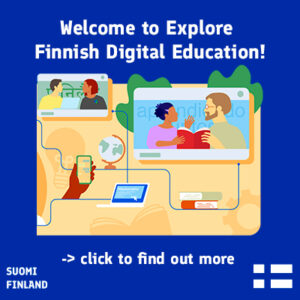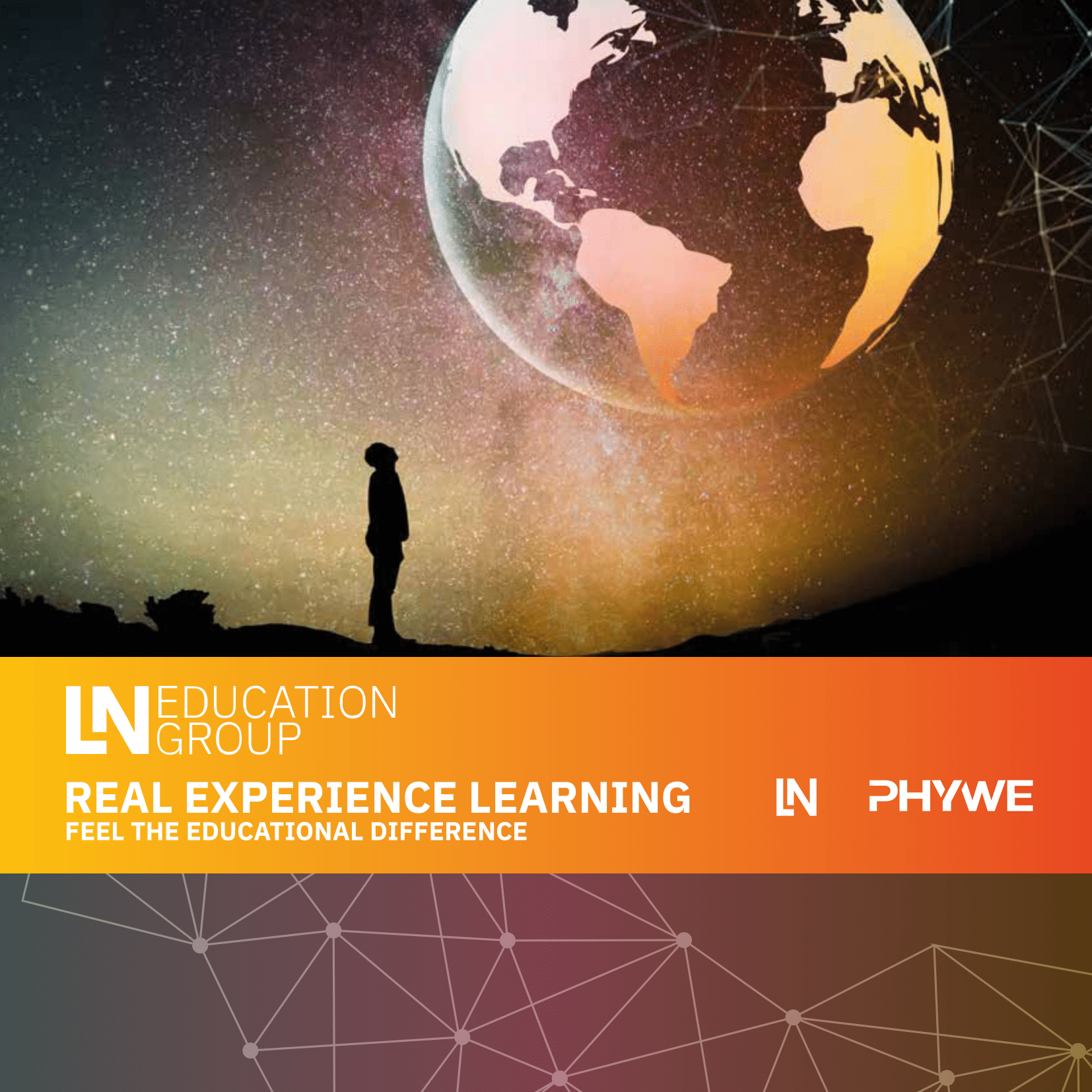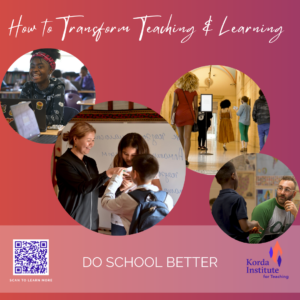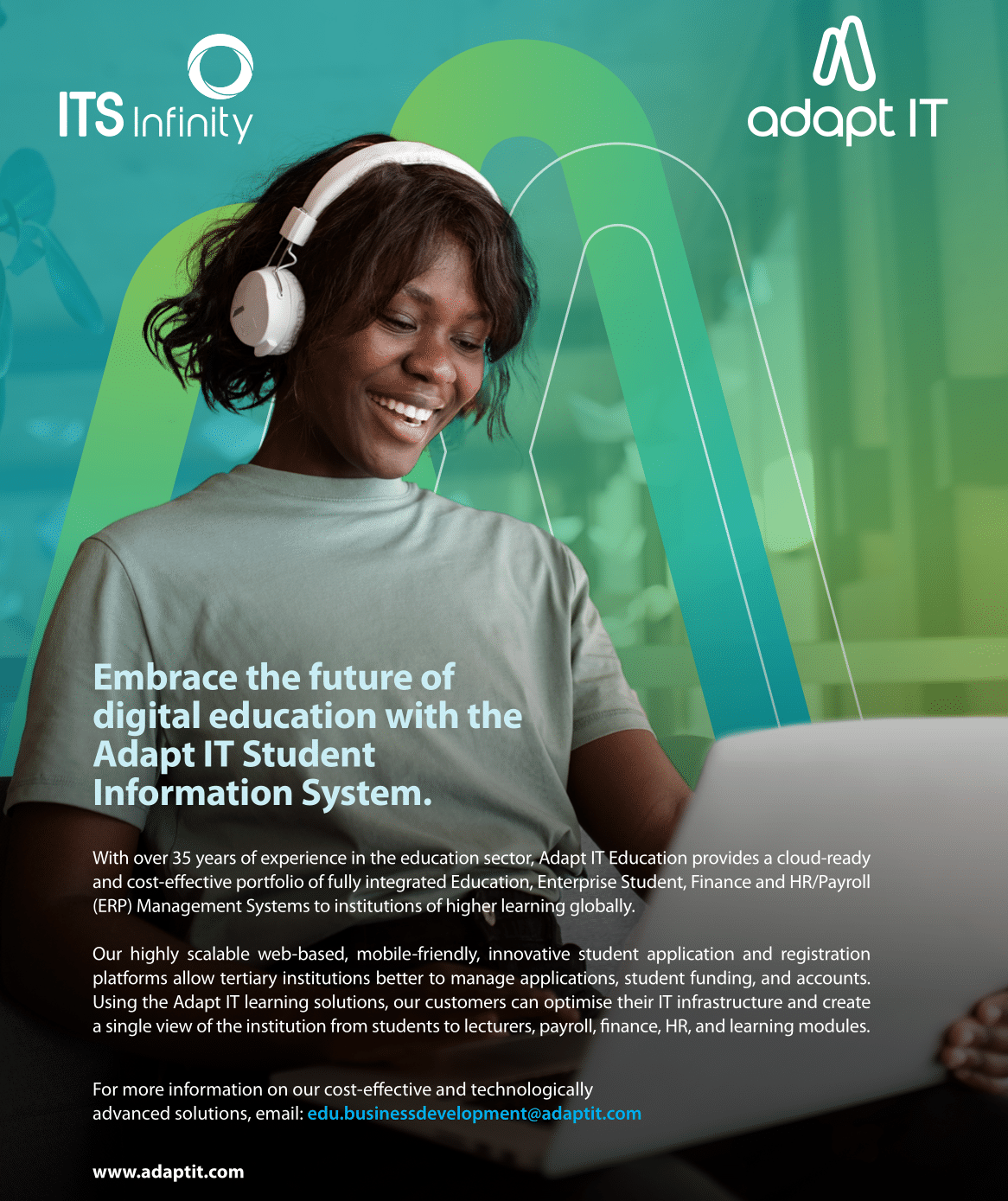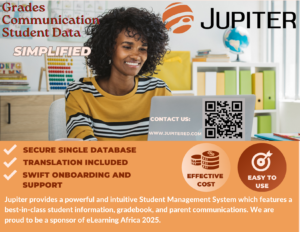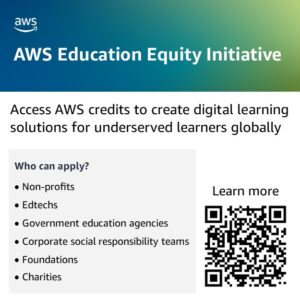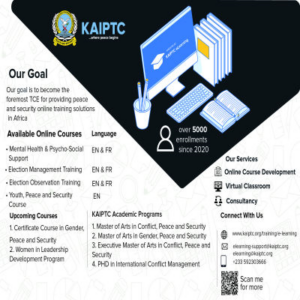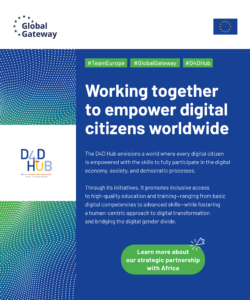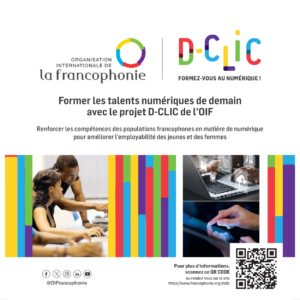July 14, 2025
By Jim Plamondon, CEO, Spix Foundation
On the surface, it sounds preposterous.
Africa—the continent so often portrayed in headlines about poverty, infrastructure gaps, and donor dependency—asserting that it can become a global exporter of interactive digital courseware within just five years.
It’s the kind of claim many might dismiss as empty sloganeering, or wishful thinking from international conferences. After all, Africa’s EdTech ecosystem has spent decades struggling to scale beyond pilot programs. Many innovators have built brilliant apps for local contexts, only to be undone by inconsistent connectivity, fragmented standards, and business models that simply can’t survive without donor grants.
So when the Draft Africa EdTech 2030 Vision & Plan dares to claim that Africa can leap from consumer to global supplier of digital learning content—within just five years—it deserves serious scrutiny.
Here’s the thing: once you dig below the surface, the idea starts to look a lot less crazy.
Because while Europe is still discussing the need for a Digital Public Infrastructure (DPI) for education, Africa is actually building it. And that might be the continent’s secret weapon.
Why “Business as Usual” Has Failed EdTech
For decades, Africa’s EdTech innovators have faced the same brick wall: scaling.
A developer in Ghana or Kenya creates a brilliant math app. It works beautifully in one region. Teachers love it. Students engage. Donors get excited.
Then reality sets in.
- No shared technical standards. Every country’s Ministry of Education uses different data formats, APIs, and protocols. Integrating with national systems requires expensive rewrites and years of negotiation.
- No offline-first infrastructure. In many parts of Africa, connectivity remains patchy, expensive, or non-existent. Apps that rely on cloud sync or streaming fail outside urban cores.
- Localization nightmares. Africa’s linguistic diversity is dazzling—and expensive to support. Translating interfaces and content often means a total redevelopment effort for every language and cultural context.
So when a small team tries to expand from Kenya to Nigeria, or from Senegal to Ethiopia, the barriers multiply. What worked in one country often proves impossible to replicate in another. The result: countless great ideas, trapped at pilot stage.
The Draft Africa EdTech 2030 Vision & Plan’s Diagnosis
Unlike many previous strategy documents, AUDA NEPAD’s Draft Africa EdTech 2030 Vision & Plan is refreshingly blunt about the real problem:
“EdTech’s business model is broken, due to two fundamental problems: lack of objective, reliable, real-time data identifying the best courseware; and technical, policy, and commercial barriers that prevent good tools from scaling.”
At its heart, the Vision is not simply about creating more apps or platforms. It’s about lowering the systemic barriers that prevent successful innovations from spreading across the continent.
To achieve this, the Plan proposes:
- A Policy Framework that establishes standards for interoperability, data governance, privacy, and sovereignty.
- A data strategy enabling fine-grained, privacy-respecting learning data to be federated regionally and continentally for research and continuous improvement.
But these policy and data goals require a technical implementation. That’s where Africa’s DPI for Education comes in.
Africa’s DPI for Education: The Software Engine of the Vision
While the Vision & Plan lays out the blueprint, Africa’s DPI for Education is the software engine that makes it real.
It is the DPI that:
- Implements the Vision’s Policy Framework through open, standardized APIs and protocols.
- Enables cross-border interoperability, so apps developed in one country can seamlessly function in another.
- Embeds privacy safeguards and sovereign data controls while allowing data federation for continental insights.
- Provides tools to make apps work offline and on low-end devices, ensuring inclusion for all learners.
Rather than building dozens of incompatible systems, Africa’s DPI provides the shared scaffolding that lets innovations scale.
This is the single most important step toward transforming Africa from an EdTech consumer to a global EdTech supplier.
Learning from Android’s Example
Consider Android. Today, over 70% of the world’s smartphones run Android—not because Google owns every phone, but because Android is free and open source. Any hardware maker can use it without paying licensing fees. Developers can write an app once, confident it will work across millions of devices globally.
Before Android, mobile developers faced an impossible task: rewriting their apps for each brand and model. Fragmentation killed innovation.
Africa’s DPI for Education is attempting a similar transformation. It is:
- Open-source, allowing Ministries, telcos, and developers to adopt it without proprietary fees.
- Designed for scale, so educational apps can work seamlessly across countries and devices.
- Designed for interoperability, by using internationally-standardized technologies for communication among apps and between each app and the DPI..
- Designed for localization: A DPI-Compatible course could be localized by an independent third-party, such as a high school teacher.
- Designed for curriculum mapping: Expected in the near future, this would make it trivially easy to map any DPI-Compatible course to any jurisdiction’s curriculum standards, and vice versa.
Just as Android turned global mobile app development into a scalable industry, Africa’s DPI has the potential to do the same for EdTech courseware.
Offline-First: Not Optional, But Essential
One of the DPI’s most crucial features is its offline-first architecture.
In many parts of Africa, permanent connectivity is a fantasy. Data is expensive. Networks fail.
The DPI acknowledges this reality by supporting:
- MicroSD-based content delivery & data storage for schools without internet.
- Store-and-forward protocols that upload data once a connection becomes available.
- HTML caches, proxy servers, mesh networks, and other well–known technologies that the DPI can implement once, so that each app does not need to implement them.
This ensures that a child in rural Mali or northern Kenya can use the same high-quality interactive courseware as a child in downtown Accra.
Without offline-first infrastructure, Africa’s digital future would remain a privilege of urban elites. The DPI makes it possible for digital learning to become truly universal.
Federation, Not Centralization
Another transformative element of the DPI is its approach to data.
Every country retains sovereignty over its own educational data. But anonymized, aggregated insights can be federated to a continental level, enabling:
- Comparative research on what works across different contexts.
- Identification of best practices.
- Rapid sharing of innovations.
This model is inspired by how health systems like DHIS2 operate globally—balancing local control with regional insights.
While such features are futuristic, Africa’s DPI is being built with this modularity in mind.
Why Africa Could Leapfrog the Global North
Here’s the paradox: Africa’s lack of legacy infrastructure might actually be its advantage.
Europe and the Americas have long-established systems that are difficult to replace. Their Ministries of Education remain locked into vendor-specific platforms and legacy data silos. Discussions about DPI are ongoing, but implementation lags.
Africa, by contrast, has fewer entrenched systems. It can build modern infrastructure from scratch, designed specifically for:
- Multilingual contexts.
- Intermittent connectivity.
- Cross-border harmonization.
By adopting a continental DPI now, Africa could create the first large-scale, interoperable EdTech ecosystem in the world.
The Global Opportunity
Much of the Global South faces similar challenges: fragmented systems, linguistic diversity, low connectivity, and tight budgets.
If Africa proves that a DPI for education can work, it could become an exporter not just of EdTech content, but of the very infrastructure itself.
Imagine African-built educational apps—and the African-developed DPI framework—serving schools in South Asia, Latin America, and beyond, and running Africa’s best courseware.
That’s how an “outrageous” claim—that Africa could become a global EdTech exporter in five years—begins to look not only possible but logical.
Conclusion
In DPIs for Education, Africa does not need to catch up. It is already ahead.
Jim Plamondon is CEO of the Spix Foundation, which has been actively developing an Vision-focused Education DPI for over a year now. It is based on the work of Mike Dawson, Spix’s Acting CTO and the CEO of Ustad Mobile, through which Mike has been actively coding EdTech for low-resource regions for more than two decades.


